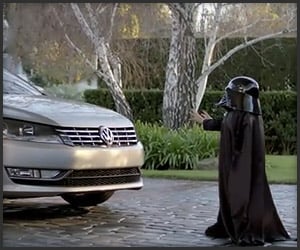Dear New APELC Student,
I
understand if you are feeling scared entering this class; I felt that way at
the beginning of the year also. Although right now this class may seem very
ominous, I can promise you it will be a rewarding year. I have a few tips for you
to help you make it through.
1.
Write your TOW posts! They may seem to become a
burden come the middle of the year, but the benefits later from the assignment are
very curtail. Take the challenge to read more difficult material and take the
time to think about your analysis.
2.
Take advantage of Mr. Yost’s help on essays. Use
his advice when writing and editing, and you will see improvements. Coming from
a person who met with him about every paper, his advice is very guiding; use it
to help you focus your revising. If you
bring him specific questions about your work he will be able to help your
specific needs better. This is an opportunity you should not pass up! Working
with him has improved my writing substantially.
3.
Plan your writing before you start. I cannot
stress enough how important this is. Planning is the key to timed essays. As
the year progresses you will realize a 45-minute essay is plausible but the
root of your essay comes from your planning. Take the time to do it no matter what. HECTORing
is not a joke. This acronym will allow you to write amazing essays efficiently.
4.
When this class gets frustrating DO NOT give up.
You will not always receive the scores you are hoping for in this class, that’s
ok. You may not always be adequate on your timed essays, that’s ok. You may receive
a B in this class, that is ok also. The outcome of this class is that you will
be a much better writer; the road to get there may be tough, but it is completely
worth it. The best way to learn in this class is from your “mistakes.” Use the
feedback from your essays to improve the next one. When it comes time for the
AP exam I can promise you that you will be ready.
Good luck in the course this year,
Ellen Chinn

